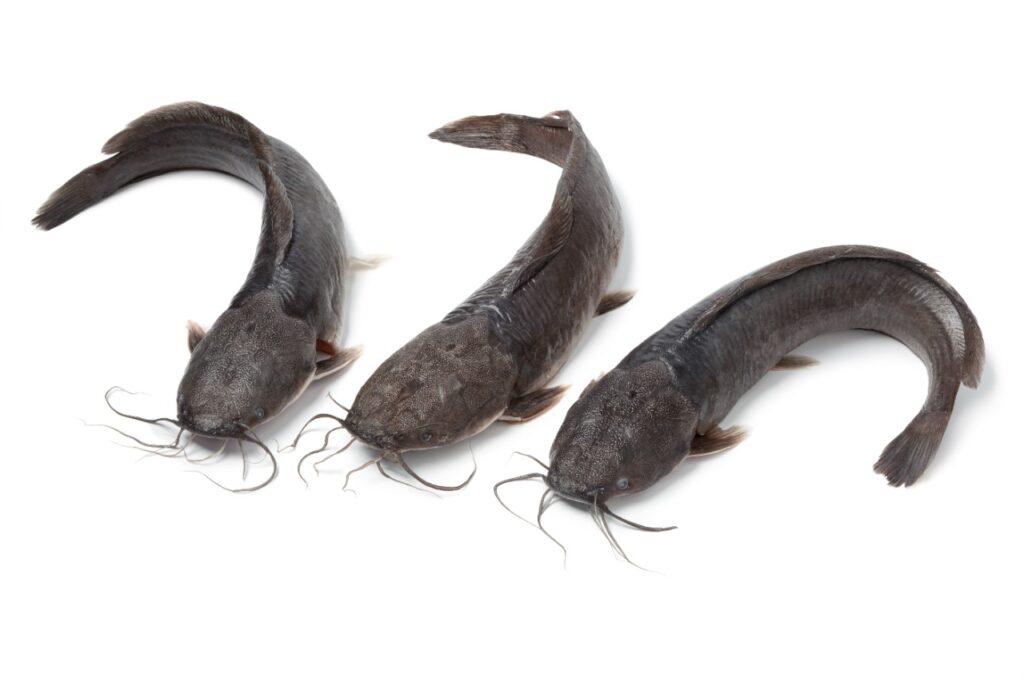Importance of Catfish Farming
We live in the day and age of readily available information right at our fingertips, with immediately accessible self-study material and open-source resources. Consequently, more and more people are educating themselves and becoming aware of things that would earlier be shielded by obscurity. One of the major impacts of this changing trend has been seen in people’s food and nutrition preferences, and we see many meat-eating people moving to a more pescatarian diet, given the multitude of poultry and meat farms resorting to hormonal injections and spiked feed to boost yield quality and quantity, which ultimately translates into unhealthy food for us human beings.
Since fishes have high protein and mineral content and are relatively guarded against the artificially spiked feed, they become the preferred protein for most health-conscious people, and thereby, we have been noting a constant growth in the demand for fish and allied products in the market.
The Art & Science of Catfish Farming
Many people, often first-time entrepreneurs are now keen on learning the art and science of fish farming and setting up their own farms, either as a retirement venture, a side hustle, or a full-fledged business. One of the most celebrated fish in the Indian diet is the catfish, also known locally as “magur” in the eastern parts of India, and “thedu” in the south. It is especially known to be a delicacy in the monsoon season and has been caught in a legal battle for over two decades in the nation. It is illegal to farm catfish in India as this variety poses a threat to the indigenous species and can alter the ecosystem unfavorably due to its cannibalistic instincts.
The ban was first imposed in 2000 when it was noted that the African catfish variety was introduced to India by bypassing the legal route. One of the major reasons, besides preserving other varieties of fish was also that village farmers were using poultry excreta to feed the fish, which caused major contamination to water bodies and also the general biodiversity in the aquatic region.
Even though the legality of commercial catfish farming in India stays shrouded in doubt and question, many fish farmers are gravitating towards it due to the fact that it is a low cost-high profit variety, which means it grows big in size much faster than any other conventional variety of fish and becomes ready to harvest quickly.
Additionally, it is one of the most nutritious varieties of fish with a high omega-3 fatty acid content, vitamin B-12, magnesium, and protein. Catfish farming is complimentary to tilapia, which means that tilapia and catfish can be farmed together in a mixed fishing set-up, which translates to a further reduction in the feed cost and management. All these factors make catfish farming a preferred variety among new-age fish farmers.
Looking at the structural asks of catfish farming, it demands an open pond that receives plenty of sunlight on a regular basis, with an average depth of 4 to 5 feet. It must be free of any holes to avoid fish from escaping the pond and must be guarded against wildlife that can pose a potential threat to the pond. Catfish can also be farmed in a Biofloc system, as long as it is exposed to sunlight or grow light as deemed appropriate.
Seeds can be procured from government fisheries as well as nurseries, however, the availability of these seeds is largely guided by whether or not the stance in your region is tilting towards legality or illegality. Usually, the regions that have legitimized catfish farming have some sort of licensing requirements and standards that must be met before and during the commercial farm is set up/operated.
It is also a good practice to get in touch with experts in your region to understand the market and authorities in the area, and then decide as to which variety is the most suitable for your fish farming venture. You can also attend webinars and seminars around common practices in fish farming and other agricultural businesses, to get a deeper and richer understanding of what is happening in the industry, how trends are changing and shaping the market, and the potential demand of the near future.
As the final word, as long as you have all the licenses in place and are meeting the quality standards that have been set by your regional authorities, catfish farming can prove to be extremely lucrative and cost-effective. The fish is a common feature of regional cuisine all over the nation and therefore, commands a predictable and expansive demand in the market.
Moreover, the ease of farming and fast maturation of the variety adds to the long list of benefits that this variety offers to its farmers, as well as consumers. However, there have been certain studies that claim that catfish can house small amounts of mercury, which can be dangerous for consumption by pregnant women and patients with brain-related diseases. Therefore, caution must be exercised in catfish farming and the utmost attention to sanity must be paid by the cultivators.
For those who wish to start catfish farming in landlocked areas, your best bet is going for a Biofloc fish farming setup. You can read more about it here and if you wish to learn how to set it up by yourself, you can consider learning all about it at www.rocketskills.in. All our courses come with self-paced learning material including quick reference guides and videos, that you get to keep for eternity. You also get to interact with your experts over webinars and Q&A sessions which are held live every week, and our courses start at Rs.499 only! Do check out our agribusiness courses – we hope you get the value you seek!



